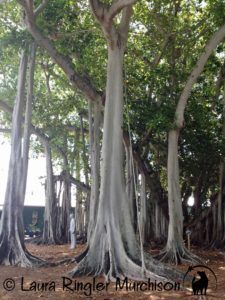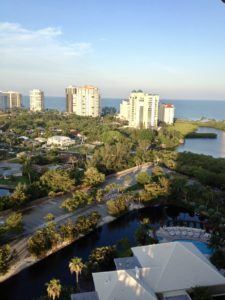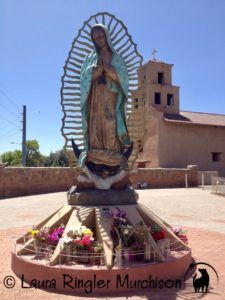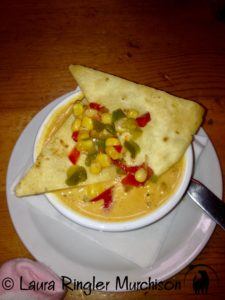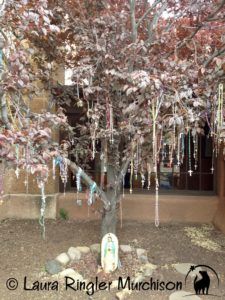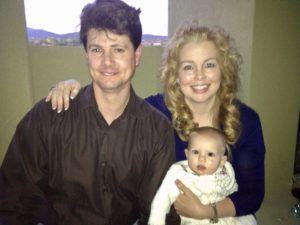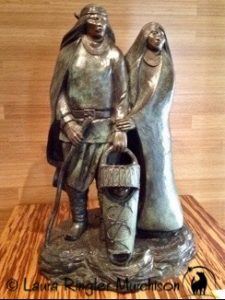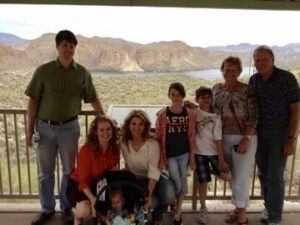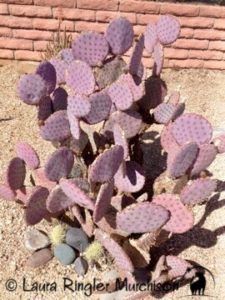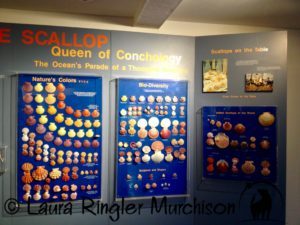
I LOVE museums and I have always found fossils fascinating, so I could not think of a better way to start our fifth wedding anniversary than by visiting the Bailey-Matthews National Shell Museum. It is the only shell museum in the United States and people come from all over the world to visit. Devoted to every aspect of seashells, conchology, and malacology, it includes the paleontological and archeological/anthropological aspects of the study of shells. Although it is a small museum, it is jam packed with incredible displays and specimens. It is so well done; I think we must have spent three hours there at least. Living in a landlocked city my entire life, I really knew nothing of shells. Of course I knew of starfish (now more properly referred to as sea stars,) scallop shells, sand dollars, clamshells, conch shells, cockle shells, and my beloved chambered nautiluses. But I had never heard of pen shells, fig shells, junonias, olive shells, slipper shells, nutmegs, limpets, Queen Helmet shells, Giant Tritons, lightening whelks, Banded Tulips, butterfly shells, and Kittens Paw just to name a few. It was fascinating and the more I learned the more addicted I became. Pictured here is my favorite part of the museum, although it was very difficult to choose. The colors were incredible; nature’s palette is amazing. The Italian architect and engineer Renzo Piano said, “A museum is a place where one should lose one’s head.” That sums up perfectly how I felt on my first visit to the Bailey-Matthews National Shell Museum.

